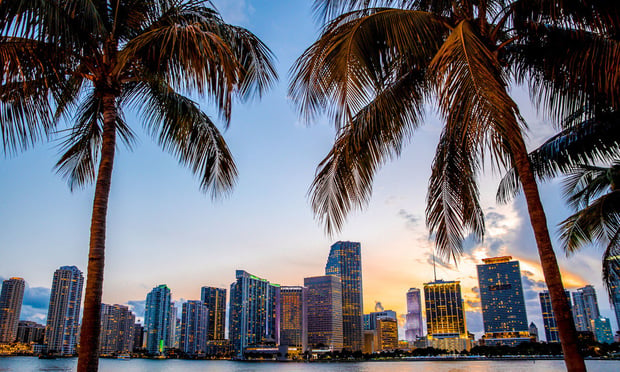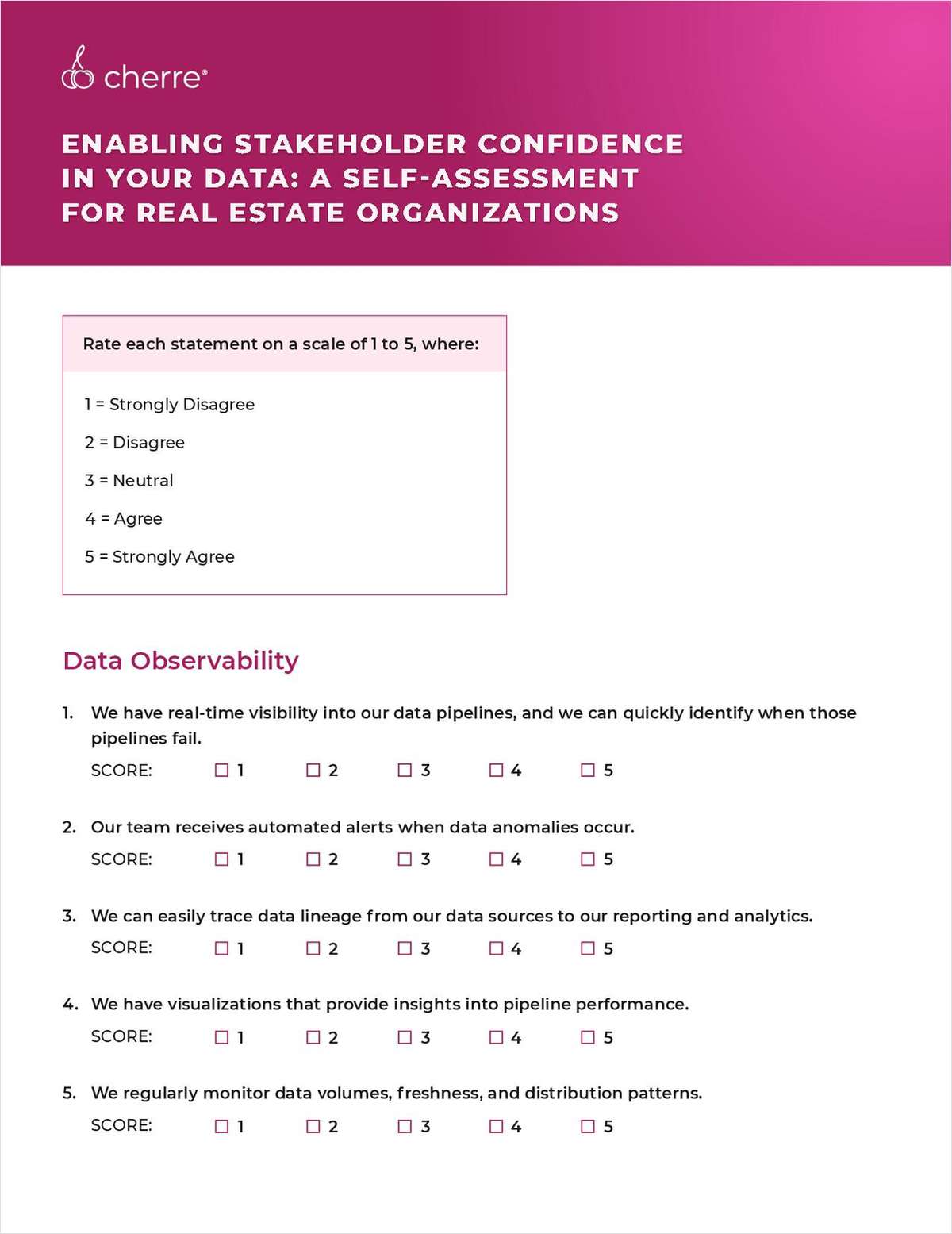The International Monetary Fund pared down its estimates of how the US economy will be doing, even after a "strong recovery" and "positive effects of unprecedented policy stimulus, combined with the advantages of a highly flexible economy."
"Just over two years after the COVID-19 shock, the unemployment rate and other measures of labor force underutilization have returned to end-2019 levels and output is close to its pre-pandemic trend," the organization wrote. "Rapid wage increases for lower income workers have reduced income polarization, poverty fell to 9.1 percent in 2020 (from 11.8 percent in 2019), and there were even larger reductions in poverty for female-headed households, children, African Americans and Hispanics."
But that was then, this is now. Or, in short: less growth, more unemployment. Even with the reappearance of many jobs—the IMF called it job creation, but recovery is probably more accurate on the whole—labor force participation is still off, "reflecting a secular, demographic downtrend and early retirements." That furthers what was the already ongoing problem of too few people available to take open jobs.
Want to continue reading?
Become a Free ALM Digital Reader.
Once you are an ALM Digital Member, you’ll receive:
- Breaking commercial real estate news and analysis, on-site and via our newsletters and custom alerts
- Educational webcasts, white papers, and ebooks from industry thought leaders
- Critical coverage of the property casualty insurance and financial advisory markets on our other ALM sites, PropertyCasualty360 and ThinkAdvisor
Already have an account? Sign In Now
*May exclude premium content© 2024 ALM Global, LLC, All Rights Reserved. Request academic re-use from www.copyright.com. All other uses, submit a request to [email protected]. For more information visit Asset & Logo Licensing.








